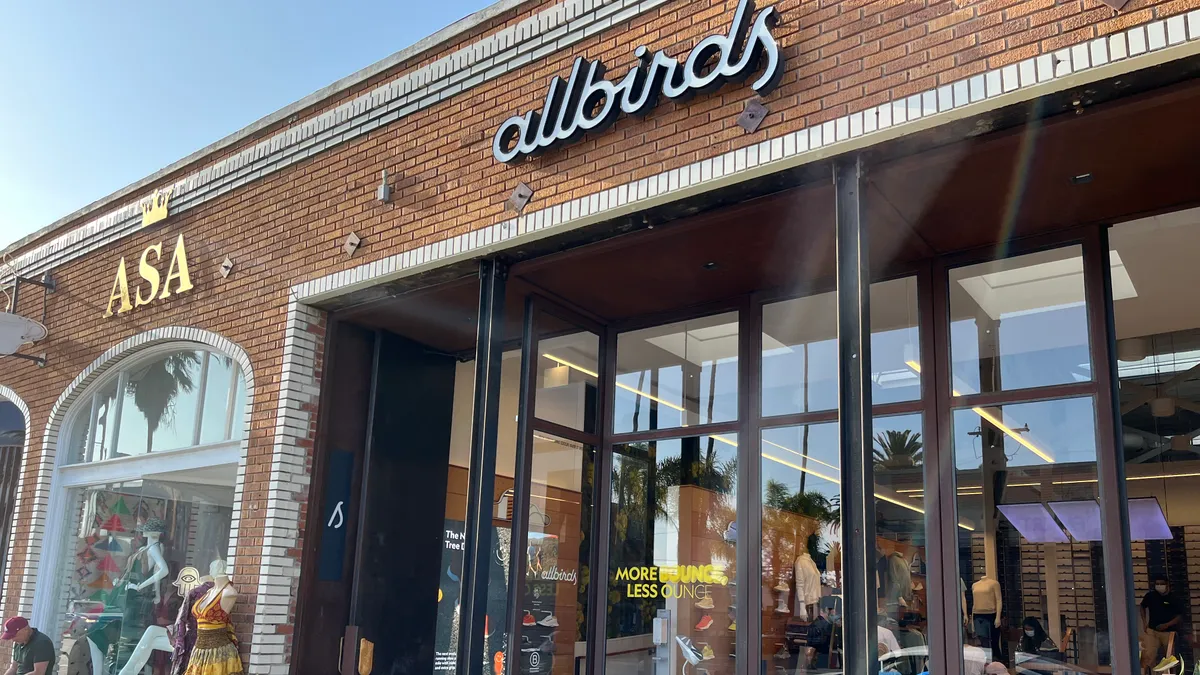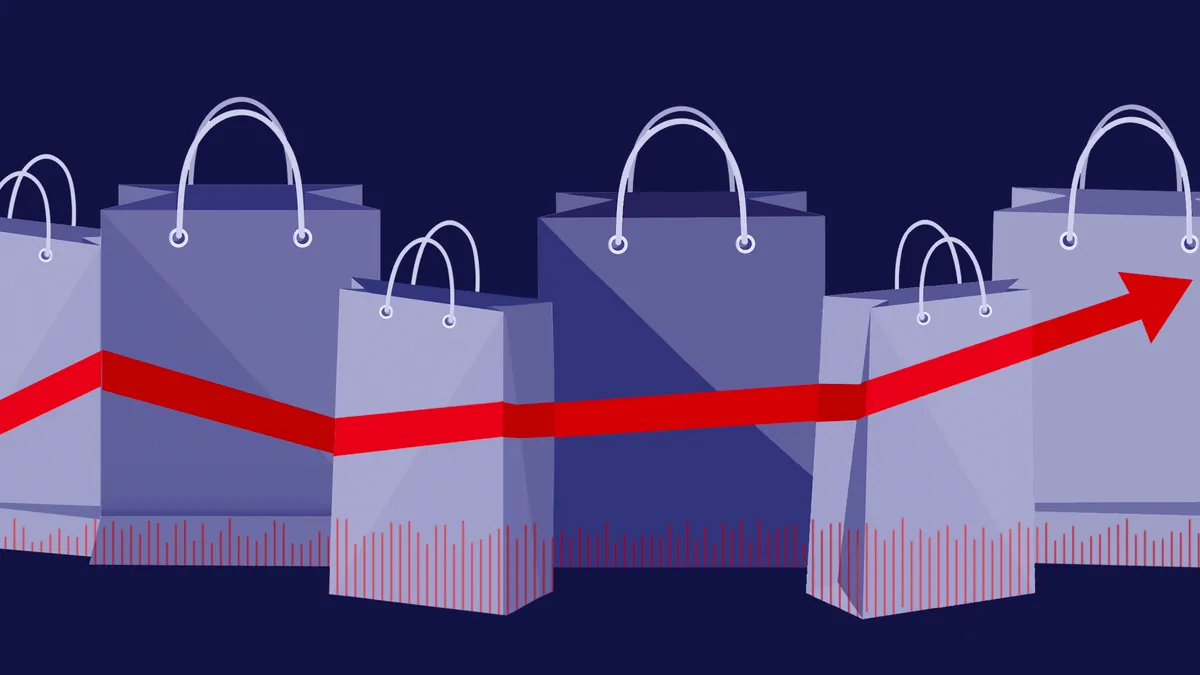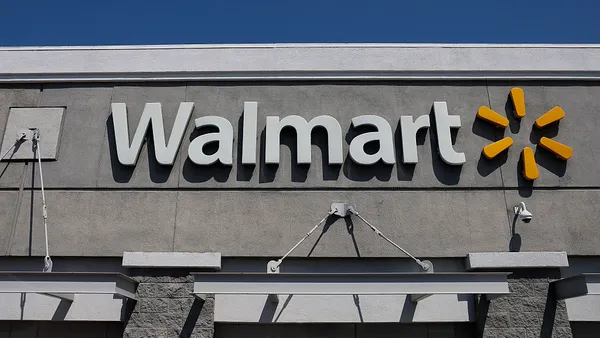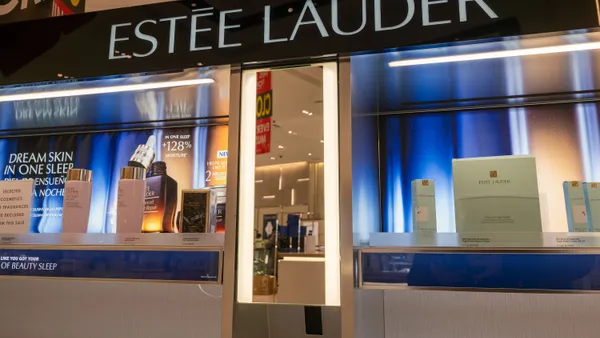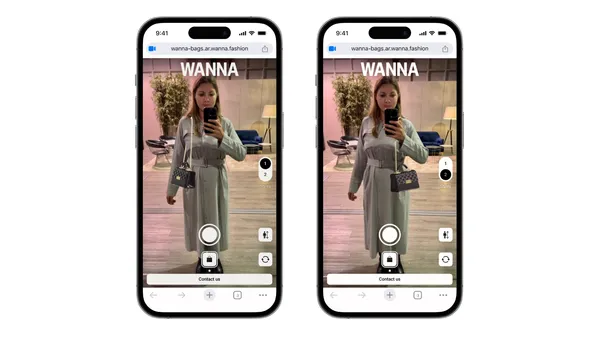Brief:
- Fashion brand Diane von Furstenberg (DVF) attributed 11% of its revenue to individualized e-commerce experiences, according to a press release provided to Retail Dive's sister publication Mobile Marketer by marketing personalization company Qubit. DVF, which is building its direct-to-consumer business, used Qubit to add features like shopping basket reminders, targeted offers and emails that display clothing collections linked to its e-commerce platform.
- Mobile generates more than half of DVF's web traffic, but the brand faced a challenge in lifting mobile revenue. Basket reminders have helped boost sales, while user-specific offers saw a 20% conversion rate among target customers, per Qubit.
- DVF relied on Qubit Aura, an AI-powered product discovery solution, to curate one-to-one experiences for visitors to the mobile website. The platform lets mobile customers see more of the product catalog and more of what’s relevant to them with a few swipes and interactions, increasing conversions on mobile by four times.
Insight:
Diane von Furstenberg was among 20 companies that started testing Qubit Aura last year to let customers browse a personalized section selection of products on its mobile website. The Qubit Aura layer sits on top of a mobile website and changes the products a user sees based on behavior. Organic skincare brand Juice Beauty boosted its mobile conversions 2.7x and revenue per visitor (RPV) by 41% after partnering with Qubit to help smartphone users find products more quickly on a small smartphone screen. Wolf & Badger, an online marketer of fashion and jewelry that has more than 30,000 products on its site, reported a gain in its conversion rate of 3.6% on mobile after implementing Qubit Aura.
These numbers aren't surprising as global mobile commerce sales last year surged 40% last year to $1.36 trillion to make up about 6% of the total retail market, researcher eMarketer estimated. Mobile commerce growth outpaced the 6% gain for total retail sales to $22.6 trillion, but mobile marketers still face challenges in overcoming the limitations of smaller-screened smartphones that show fewer products at a time than the larger screens of desktops or laptops. Mobile consumers are more likely to use their smartphones to browse for products, such as comparing prices while in stores, than to make purchases for big-ticket items. The average order value on desktops is $155 while mobile's is $120, Forrester Research found.
Diane von Furstenberg is among the brands that are seeing a transformation in the way affluent customers shop for luxury goods among interactive channels. Stores will have an important role in selling luxury goods, even as their share of total luxury sales decline to 75% by 2025 from 92% in 2016, according to a forecast by consulting firm Bain and luxury fashion platform Farfetch. Tech-savvy millennials will affect the marketing of luxury goods as their spending power grows to make up 40% of the global personal luxury goods market by 2025, per the estimate.
DVF has also had to adapt to changing market conditions that have seen wholesale channels wane as direct-to-consumer labels grow with savvy social media marketing, according to the Business of Fashion. More than half (60%) of DVF's revenue last year came from DVF stores and the remainder was from wholesale.





